As brands expand their reach across borders, the challenge isn’t just going global—it’s staying cohesive while doing it. Because international growth doesn’t mean one-size-fits-all messaging. It means speaking directly to diverse audiences, in different languages, across different cultures—without losing what makes your brand recognizable.
The trick? Localization at scale: building systems that flex for regional nuance without fracturing your brand.
The Risks of Going Global Without a Strategy
We’ve seen it happen—fast-growing companies push into new regions, and suddenly their brand looks and feels different everywhere. The French website has a different tagline. The German social campaign uses off-brand colors. The APAC product sheet calls the same feature by a completely different name.
Without a defined localization strategy, global marketing becomes a game of telephone—with inconsistent messaging, diluted visuals, and confused customers.
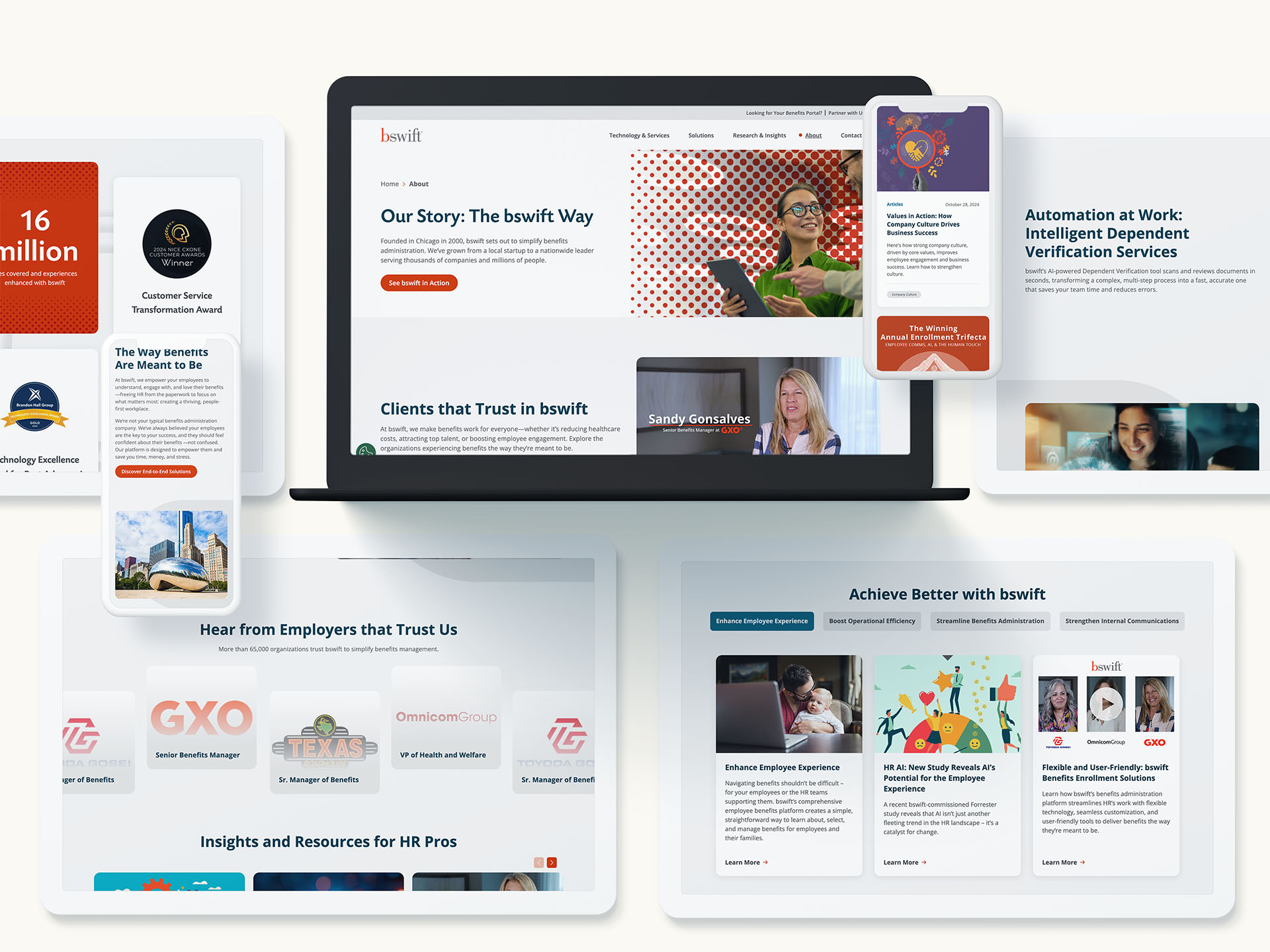
The Brand Consistency Challenge
Brand consistency is about more than logos and fonts. It’s about:
- Unified messaging pillars
- A shared tone of voice
- Consistent product naming conventions
- Visuals that reinforce brand DNA across all platforms
But this consistency gets complicated fast when:
- Teams in different regions are working in silos
- Local agencies interpret branding through their own lens
- Translation is treated as a final step, not a foundational consideration
In short, global expansion without a system invites fragmentation.
A Framework for Scalable Localization
To scale localization without losing control, brands need a structured but flexible framework. Here’s how leading companies do it:
1. Centralized Brand Guidelines, with Built-In Flexibility
Develop a global brand system that clearly defines:
- Core identity elements (logo usage, typography, color palettes)
- Voice and tone rules
- Messaging frameworks and brand pillars
But don’t stop there—include examples of how these can adapt for cultural relevance in local markets.
2. Establish Global vs. Local Ownership
Clarify what’s owned centrally (like key messaging, product naming, or logo integrity) versus what can be modified regionally (like calls to action, visuals, or campaign headlines). This helps local teams move fast without violating global standards.
3. Build a Cross-Functional Governance Model
Set up a process where brand, regional marketing, and localization teams can collaborate, review creative, and ensure alignment across launches.
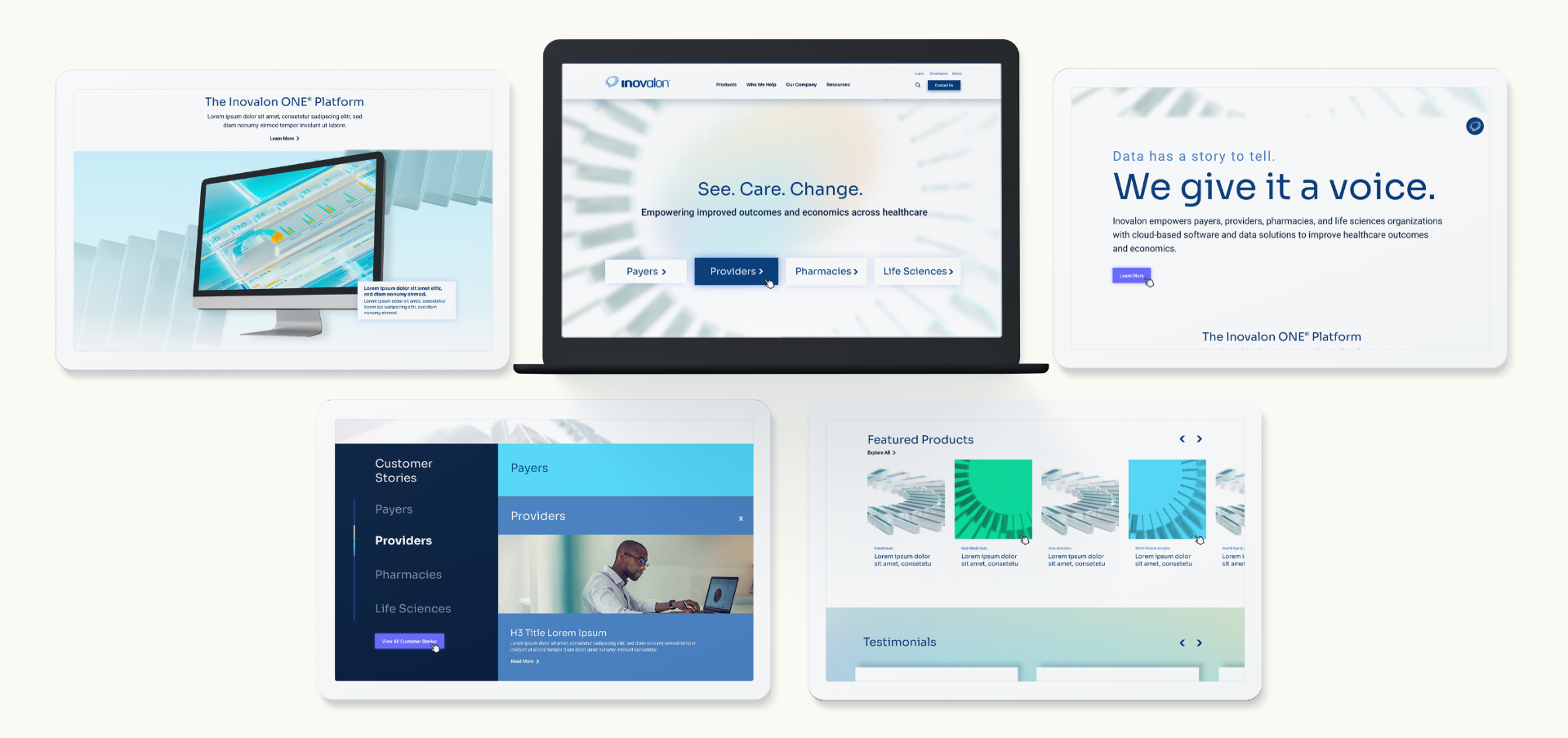

Cultural Relevance Is More Than Translation
Successful localization goes beyond language. It requires cultural fluency—understanding what resonates with each audience.
Consider:
- Adjusting tone and formality for regional expectations
- Rewriting—not just translating—taglines, CTAs, or value propositions
- Avoiding idioms, humor, or visuals that don’t translate across borders
The goal isn’t to replicate. It’s to reinterpret—in a way that maintains the core idea while landing more effectively in-market.
Creative + Operational Best Practices
Localization at scale requires both process and creativity. Here’s how to support both:
- Design reusable creative systems: Create modular templates for web, email, paid media, and social assets that local teams can customize within guardrails.
- Use a global content management system (CMS): A CMS that supports multi-language site versions helps centralize oversight while enabling regional flexibility.
- Invest in a DAM and translation management system (TMS): Organize brand assets and enable consistent translations that are version-controlled, searchable, and easily distributed.
- Train your teams: Provide onboarding and ongoing brand training for regional marketers, translators, and agency partners.
- Monitor and optimize: Use analytics to assess how localized content performed by region—and feed insights back into your system.


The Payoff: A Brand That Travels Well
When you balance consistency with cultural nuance, your brand becomes:
- More trustworthy – Familiarity builds credibility.
- More relatable – Regional teams feel empowered to connect with local audiences.
- More agile – Launches become faster and more repeatable, with fewer missteps.
It’s not just about protecting your brand—it’s about amplifying it across every market you touch.
Need a Global Brand That Feels Local Everywhere?
Bluetext helps brands develop scalable localization strategies that maintain identity while enabling adaptation. From building global campaign toolkits to implementing multi-language websites and brand governance systems, we help you stay consistent—without being rigid.
Contact us to learn how we can help your brand speak the local language, at scale.
In today’s B2B landscape, decision-makers aren’t just listening to brands—they’re listening to people. Not celebrities or social media stars, but real experts: engineers, analysts, developers, and operators with deep industry knowledge and the trust of their peers. For marketers, this shift presents a powerful opportunity: activating niche influencers to drive engagement, credibility, and conversions.
Here’s how smart B2B brands are tapping into the power of hyper-relevant voices to lead conversations—and win customers.
The Rise of the B2B Influencer
Influencer marketing is no longer reserved for beauty tutorials and unboxing videos. In the B2B world, influence looks different. It’s a federal cloud architect posting insight on LinkedIn. A cybersecurity analyst sharing zero-day vulnerabilities on X. A logistics manager breaking down efficiency tools on YouTube. These voices may not have millions of followers—but they do have something far more valuable: industry respect and decision-maker attention.
Whether you’re selling enterprise software, aerospace systems, or SaaS solutions for regulated industries, these niche influencers shape perception where it matters most—inside the buying journey.


Who Are B2B Influencers, Really?
Forget the ring lights and sponsored hashtags. The most effective B2B influencers are:
- Subject Matter Experts (SMEs): Engineers, developers, and product leaders who’ve built the solutions others now use.
- Analysts & Advisors: Independent thinkers who interpret market trends and tech shifts.
- Practitioners: Individuals working in the field—public sector tech officers, procurement leads, or operations directors.
- Evangelists: Employees or superfans who naturally share your brand’s vision and value.
They may not be household names, but in their specific communities, they carry serious weight.
How to Identify the Right Influencers
The key to successful B2B influencer marketing is relevance over reach. You’re not looking for a massive audience—you’re looking for the right one. To find them:
- Use tools like SparkToro or Onalytica to surface influencers by topic, keyword, or community.
- Leverage social listening to track who your buyers already follow and engage with.
- Tap into your ecosystem: Look at customers, partners, or internal experts who already have a voice in the market.
Ask: Who is creating content that my buyers trust? Who’s translating complex concepts into accessible insight?


Creative Ways to Activate Niche Voices
Once you’ve identified your influencers, give them a platform—and creative freedom. Some effective tactics include:
- Co-branded thought leadership: Partner on blogs, reports, or social content that blends your brand POV with their credibility.
- Podcasts & webinars: Host niche discussions that invite influencers to share their perspectives with your audience.
- Social media takeovers: Let influencers speak directly to your community from your branded channels.
- Video reviews or demos: Let a trusted voice showcase your product in their own way—particularly effective for technical tools.
Remember: authenticity is everything. Avoid over-scripting or forcing them into your brand voice.
What Makes These Activations Effective?
The best B2B influencer campaigns share a few key traits:
- Authenticity: Let influencers be themselves. It’s their voice that builds trust—not your script.
- Relevance: Niche influencers speak directly to specific buyer segments. That’s what makes them so powerful.
- Consistency: One-off campaigns might raise awareness, but sustained partnerships build loyalty.
Think of influencers not as one-time assets, but as ongoing collaborators who deepen your connection to a target audience.
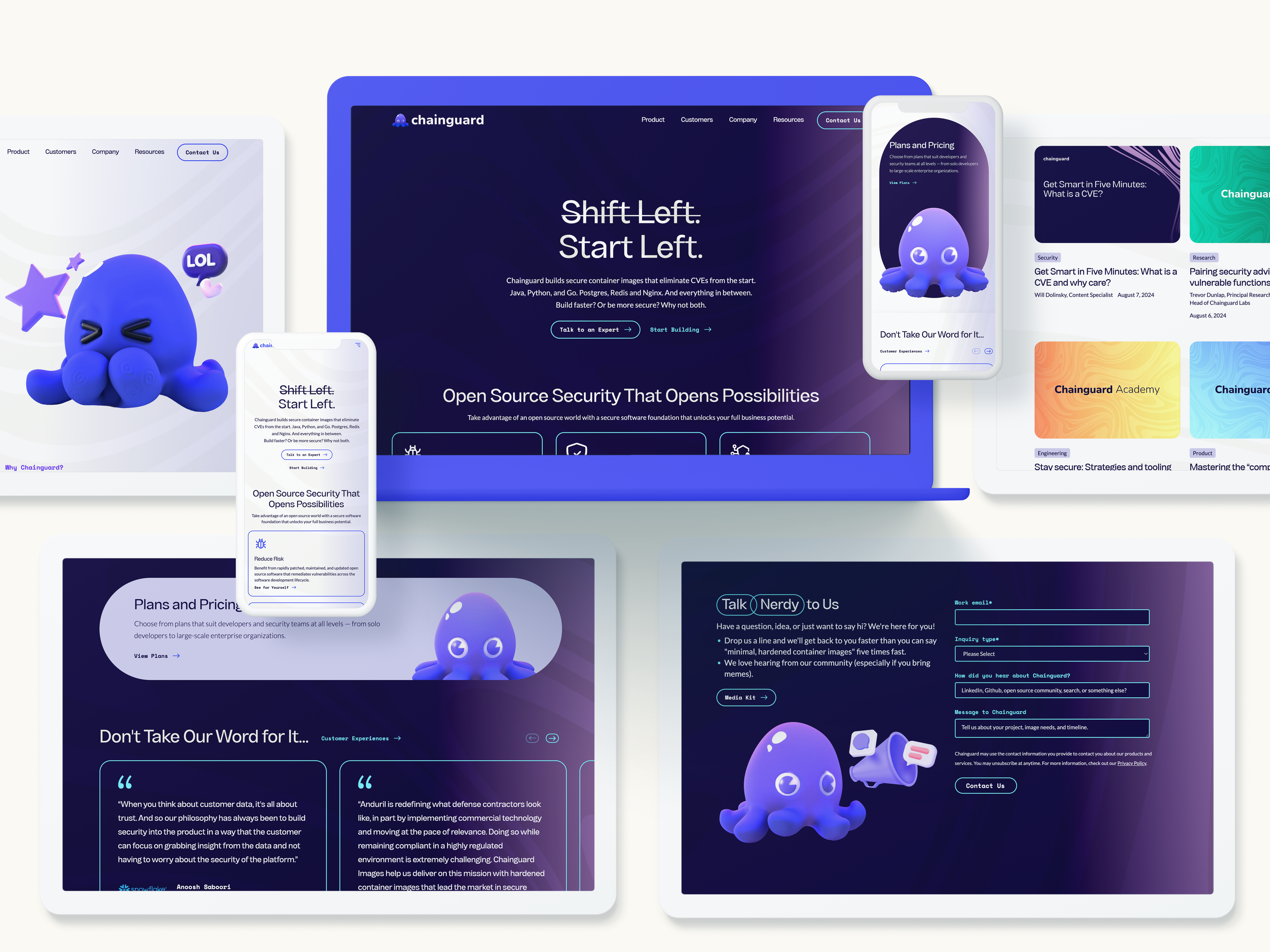

Measuring Success in B2B Influencer Campaigns
B2B sales cycles are long, complex, and rarely linear—so measuring influencer success goes beyond likes and impressions. Instead, look at:
- Engagement from the right audience segments
- Referral traffic to key landing pages or assets
- Influencer-generated content performance over time
- Assisted conversions and pipeline attribution (via UTM tracking or CRM insights)
- Brand sentiment and earned media mentions
And don’t overlook qualitative feedback: the comments, DMs, or offline conversations that signal credibility is taking root.
Influencer Marketing Is Trust Marketing
At its core, B2B influencer marketing isn’t about going viral. It’s about meeting buyers where they are, with voices they already trust. When executed strategically, it doesn’t just boost awareness—it shapes decisions, accelerates journeys, and positions your brand as a true authority within a niche.
Want to Build Your Own Influencer Ecosystem?
Bluetext helps B2B brands develop influencer strategies tailored to their vertical, audience, and goals. Whether you’re looking to launch a full-scale program or test the waters with a single campaign, we can help you activate the voices that matter.
Contact us to learn how we help brands earn trust, one niche voice at a time.
The digital marketing world is preparing for a major shift: third-party cookies are on their way out. While the writing has been on the wall for some time—thanks to growing privacy concerns, regulatory pressure, and browser-level changes—the final countdown is now in motion. For B2B marketers, this change isn’t just a technical update; it’s a signal to rethink how we connect with audiences, measure success, and build meaningful digital campaigns in a privacy-first landscape.
So what does a cookieless future really mean for B2B marketing teams? And how should companies adapt?
Why the Cookie Is Crumbling
Third-party cookies have long been the backbone of many digital marketing strategies. They’ve enabled advertisers to track user behavior across sites, build robust audience profiles, serve retargeting ads, and measure multi-touch attribution.
But between data privacy regulations (like GDPR and CCPA), increased consumer scrutiny, and decisions by major players (Google, Apple, Mozilla) to block or phase out third-party cookies, marketers can no longer depend on these trackers to deliver precision targeting.
Unlike in B2C, where massive datasets and behavioral signals are more readily available, B2B marketers often work with smaller audiences, longer buying cycles, and more complex decision-making processes. The loss of third-party cookies only heightens the need for thoughtful, compliant, and relationship-based approaches.


What’s at Stake for B2B Marketing Teams
In a post-cookie environment, several key capabilities are at risk:
- Audience targeting precision – Building lookalike or intent-based audiences becomes more difficult without access to third-party behavioral signals.
- Retargeting – Following up with anonymous site visitors through programmatic channels is less reliable or even impossible.
- Attribution tracking – Multi-channel attribution models may break down without the ability to track users across sessions and domains.
- Lead nurturing automation – Third-party data often feeds into segmentation logic for account-based and intent-driven campaigns.
This shift forces B2B marketers to re-examine how data is collected, stored, and activated—and it puts renewed emphasis on first-party data, consent, and creative execution.
Privacy-First Alternatives Built for the Future
The end of third-party cookies doesn’t mean the end of personalization or targeting—it simply requires a smarter, more ethical approach to doing so. Here’s where B2B teams should focus their attention:
1. First-Party Data Strategy
First-party data—information your audience shares directly with you—is now your most valuable asset. This includes:
- Website interactions
- CRM and sales data
- Email engagement
- Event participation
- Content downloads or form fills
Building robust lead capture mechanisms, refining gated content strategy, and aligning marketing automation with sales insights are now critical to campaign success.
2. Contextual Targeting
In a world without cookies, where an ad appears can be just as important as who sees it. Contextual targeting uses the content of a webpage to inform ad placement—think serving cybersecurity messaging on a tech policy news site. While not new, this approach has become more precise with AI and NLP advancements and is making a strong comeback in B2B media buying.
3. Identity Resolution and Clean Rooms
Platforms like LiveRamp, The Trade Desk’s UID2.0, and Google’s PAIR are offering new ways to match audiences using encrypted first-party identifiers. Meanwhile, data clean rooms allow for privacy-safe collaboration between advertisers and publishers by enabling targeting without exposing raw user data.
These solutions require careful vetting and often demand more technical investment, but they provide viable paths to compliant targeting and measurement in B2B environments.
4. Platform-Based Targeting
As third-party cookies disappear, B2B marketers will increasingly lean on platforms that control their own ecosystems—think LinkedIn, Google, Meta, and industry-specific programmatic networks. These walled gardens have deep first-party data pools and increasingly sophisticated ad tools. However, marketers must balance effectiveness with cost and limited visibility into audience behavior outside those platforms.
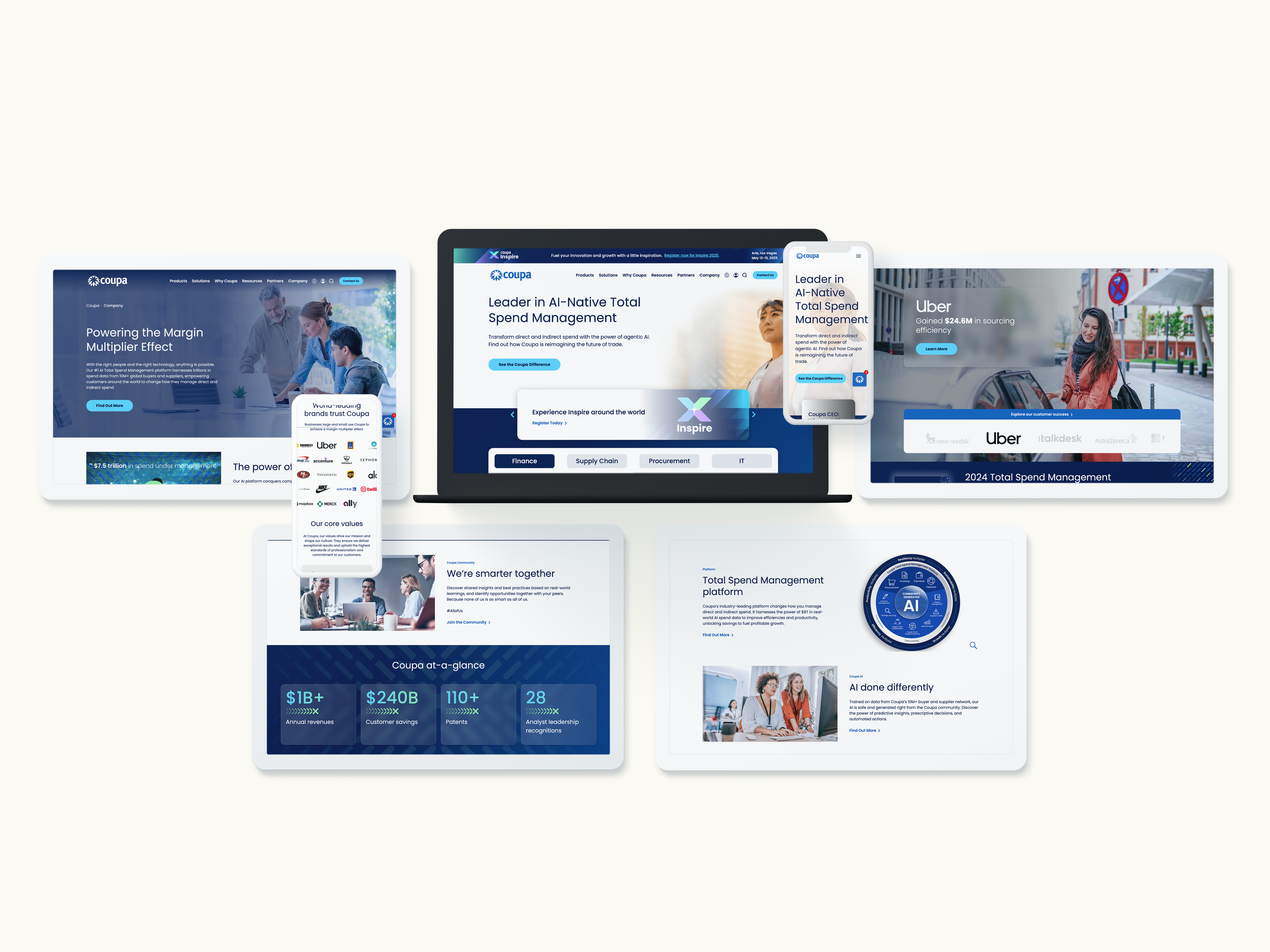

What B2B Marketers Should Be Doing Now
With the sunset of cookies no longer hypothetical, proactive planning is essential. Here are the immediate steps B2B teams should take:
- Audit your current martech stack to understand where third-party cookies are being used (from ad targeting to analytics).
- Enhance your first-party data strategy by refining lead capture forms, improving CRM hygiene, and investing in customer data platforms (CDPs).
- Test contextual and native campaigns now to build experience with post-cookie tactics.
- Explore identity solutions with your media partners and vendors to determine what options make sense for your business.
- Revisit attribution models and prepare to rely more heavily on direct engagement metrics and source-based lead reporting.
The End of Cookies Is the Start of Better Marketing
The transition away from third-party cookies is less a threat and more an opportunity—an opportunity to build deeper relationships, center strategy around consent and value, and create more resilient marketing ecosystems.
For B2B marketers, this is the time to get ahead. Waiting until third-party cookies are fully deprecated means playing catch-up in a game already in motion. The brands that win in this next phase won’t be the ones that cling to old tactics—they’ll be the ones that adapt, test, and evolve.



Need Help Navigating the Post-Cookie Future?
Bluetext helps B2B brands build smarter, privacy-first targeting strategies—from first-party data activation to media planning and messaging. If you’re ready to rethink your digital campaigns for the cookieless future, let’s talk.
As privacy regulations tighten, precision targeting becomes harder—here’s how to execute effective ABM without crossing data compliance lines.
The New Landscape of ABM and Data Privacy
Account-Based Marketing (ABM) has become a go-to strategy for B2B marketers aiming to deliver personalized, precise campaigns tailored to key accounts. The promise of ABM lies in its ability to engage decision-makers with highly relevant messaging and tightly focused tactics.
However, the growing wave of data privacy regulations—including GDPR in Europe, CCPA and CPRA in California, and others worldwide—is reshaping how marketers can collect, use, and share data. These laws, designed to protect consumer and business privacy, have introduced new challenges for ABM’s reliance on granular data.
In this evolving landscape, the question emerges: How can marketers maintain ABM’s effectiveness while staying fully compliant and respecting privacy? This post explores practical strategies and privacy-friendly approaches to ensure your ABM campaigns continue to deliver results without crossing data compliance lines.
The Impact of Privacy Regulations on ABM
Privacy laws place clear limits on collecting personal data without consent, restricting marketers from using many traditional data sources that ABM once depended on. The decline of third-party cookies, limitations on tracking across devices, and increased user control over data permissions have diminished marketers’ visibility into customer behaviors.
These changes affect ABM in several ways:
- Reduced access to behavioral and intent data from third-party platforms.
- Challenges in tracking individual contacts across multiple touchpoints.
- Necessity to obtain explicit consent before processing certain types of personal data.
Traditional hyper-targeted ads and behavioral retargeting tactics must be reevaluated to comply with these new realities.


Rethinking ABM Strategy for Privacy Compliance
The key to privacy-safe ABM is shifting focus towards first-party data—information collected directly from your audience through interactions they initiate and consent to.
Here are some foundational shifts marketers should make:
- Build trusted data sources: Prioritize collecting data through website forms, gated content, webinars, and events where consent is explicit.
- Consent-based marketing: Ensure all communications are compliant with opt-in and opt-out requirements.
- Quality over quantity: Instead of mass data collection, deepen insights on fewer, high-value accounts with verified data.
- Ethical standards: Embed privacy considerations into your marketing ethos to strengthen trust and brand reputation.
Privacy-Friendly Tactics to Power Effective ABM
1. Intent and Contextual Data Usage
While granular personal data becomes scarcer, marketers can harness intent signals and contextual information that do not rely on invasive tracking. For example, analyzing content engagement patterns on your site or leveraging CRM activity can provide rich insights into account interest without crossing privacy lines.
2. Enhanced CRM and CDP Integration
Customer Data Platforms (CDPs) that consolidate and manage first-party data become critical tools. They enable you to securely unify account information, track engagement consent, and enrich profiles based on direct interactions, such as demo requests or content downloads.
3. Account-Based Personalization Without Personal Data Overreach
Use firmographic data—company size, industry, location—and expressed interests to create personalized experiences. Dynamic content and A/B testing can be applied thoughtfully to tailor messaging without needing to overreach into sensitive personal data.
4. Collaboration with Legal and Compliance Teams
Privacy compliance should be a built-in component of ABM campaigns, not an afterthought. Work closely with legal and compliance experts during campaign design and maintain thorough documentation and audits to ensure ongoing adherence to regulations.


Tools and Technologies Supporting Privacy-Conscious ABM
Technology plays a pivotal role in enabling privacy-first ABM. Consider integrating:
- Privacy-first CDPs: Platforms that prioritize consent management and data security.
- Cookieless tracking solutions: Emerging tools designed to measure campaign performance without relying on third-party cookies.
- Consent management platforms (CMPs): Systems that streamline opt-in/opt-out processes and keep audit trails.
Evaluate your technology stack with privacy compliance as a core criterion to avoid risks and foster trust.
Getting Started: Implementing Privacy-Safe ABM Today
Begin your transition to privacy-conscious ABM by:
- Auditing current data collection and campaign practices for compliance gaps.
- Developing a phased roadmap to emphasize first-party data and consent.
- Training marketing and sales teams on privacy regulations and ethical marketing.
- Partnering with agencies and vendors skilled in navigating privacy requirements and agile ABM strategies.
Small, deliberate steps can help your organization adapt without disrupting momentum.
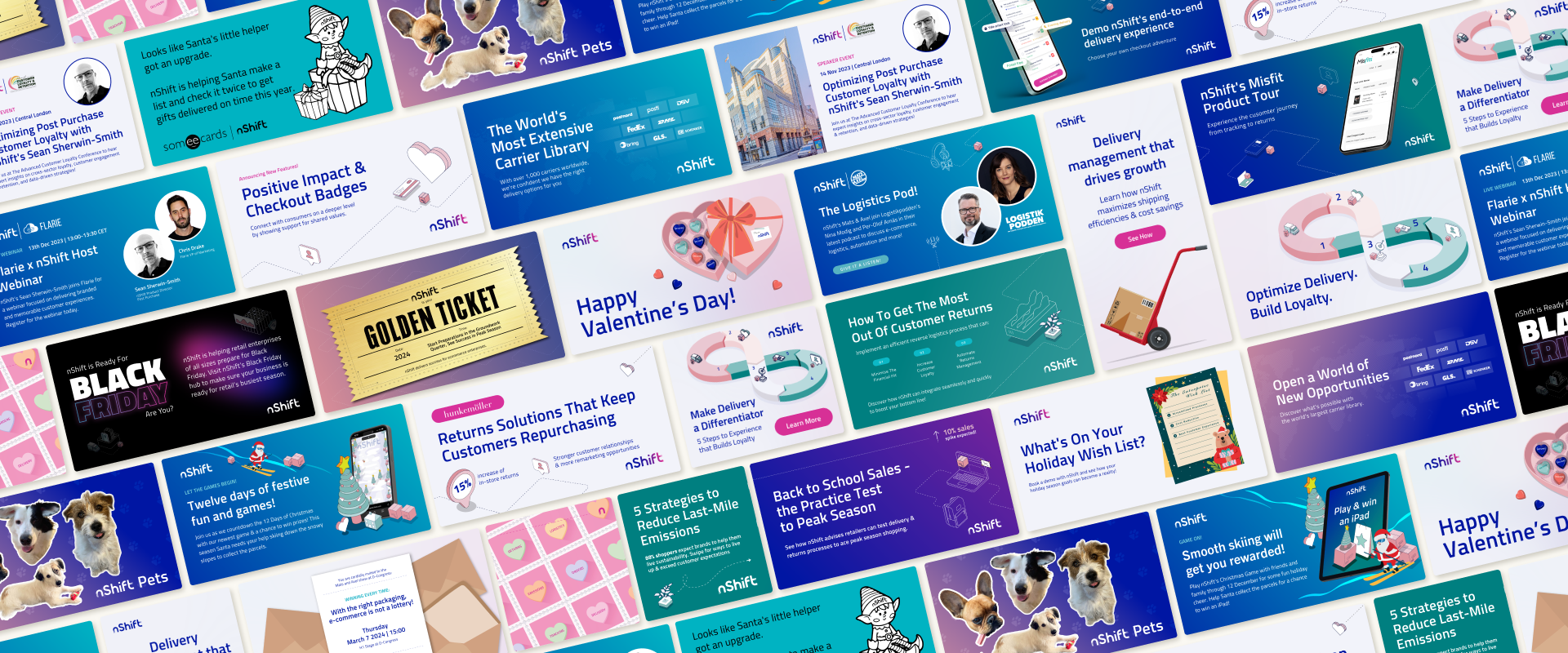



Navigating ABM Success in a Privacy-First World
Privacy regulations are not a passing trend—they represent a fundamental shift in how businesses must approach marketing. ABM remains a powerful strategy, but success now depends on transparency, respect for data, and innovative targeting methods that comply with evolving laws.
By embedding privacy as a core brand value, you not only avoid legal pitfalls but also build deeper trust with your prospects and customers, strengthening long-term relationships.
Ready to navigate ABM in the age of data privacy? Contact Bluetext to develop compliant, effective account-based strategies that drive results while respecting privacy.
Markets shift fast—your campaigns should too. Explore frameworks for adaptive marketing that keep your brand nimble and responsive.
Marketing in a World of Uncertainty
In today’s fast-paced, unpredictable market landscape, businesses face constant disruptions—whether due to economic shifts, emerging technologies, or sudden changes in consumer behavior. Traditional marketing plans, often locked in months or even years in advance, struggle to keep pace with this volatility.
To stay competitive, brands need agile marketing models—strategic frameworks that allow campaigns to flex and evolve in real time. This approach empowers marketers to respond quickly to new opportunities, pivot away from underperforming tactics, and keep their messaging relevant and impactful.
In this post, we’ll explore why traditional marketing planning often falls short, outline the principles of agile marketing, and offer practical guidance on building your own adaptive campaign framework.
Why Traditional Marketing Planning Falls Short
Conventional marketing planning typically involves long timelines, static calendars, and fixed budgets. While this approach provides structure, it leaves brands vulnerable when market conditions change unexpectedly.
Consider how disruptions like supply chain delays, platform algorithm updates, or global events can derail carefully crafted campaigns. Without flexibility, companies risk missing crucial windows of opportunity, overspending on ineffective channels, or delivering messages that no longer resonate.
The challenge: how do you keep your marketing plans relevant in an environment where everything can change overnight?




Defining Agile Marketing: Principles and Pillars
Agile marketing adapts principles from agile software development to create a more responsive, iterative approach to campaign planning and execution. Key pillars include:
- Test-and-learn mindset: Launch small experiments, measure results, and refine tactics continuously.
- Cross-functional sprints: Work in short cycles, often 2–4 weeks, allowing teams to focus on manageable goals and rapidly adjust course.
- Modular content creation: Build reusable assets and messaging components that can be quickly swapped or updated.
- Rapid feedback loops: Collect real-time data and customer insights to inform decision-making.
- Real-time analytics integration: Use performance dashboards and tools to monitor campaigns and identify pivot points early.
This contrasts with traditional “waterfall” marketing, which typically follows a linear sequence and resists change once the plan is set.


Building an Agile Campaign Framework
Here’s how to put agile marketing into practice with a flexible campaign model:
1. Modular Messaging and Content
Create content in “blocks” or modules—such as headlines, visuals, CTAs—that can be mixed and matched depending on the moment. This makes it easier to tailor messages on the fly for different audiences, channels, or cultural moments without starting from scratch.
2. Short Sprints and Iterative Launches
Instead of committing to an entire campaign upfront, plan in short bursts (sprints). Launch a minimum viable campaign quickly, then use data and feedback to optimize each sprint. This lets you capitalize on new trends or pause investments in low-performing areas promptly.
3. Decision-Making with Live Data
Integrate tools like Google Analytics 4, HubSpot, or Looker to track campaign KPIs in real time. Set clear thresholds that trigger reviews and adjustments. The faster you can access insights, the faster your team can pivot tactics or messaging.
4. Team Agility and Cross-Functional Collaboration
Agile marketing requires breaking down silos. Build small, empowered teams combining creative, data, media, and strategy experts who can make decisions collaboratively and quickly. This removes bottlenecks and speeds up execution.
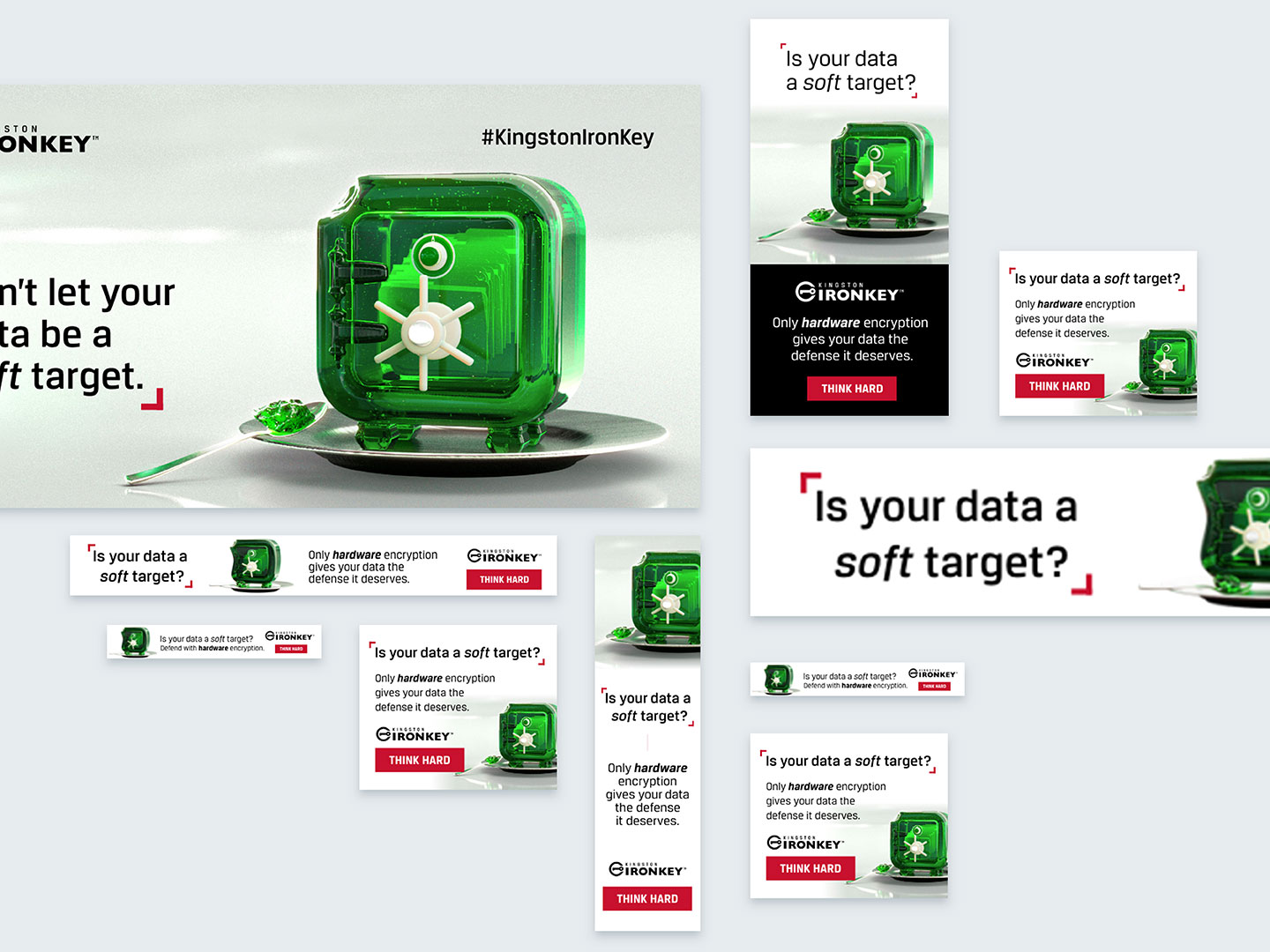


How to Start: Transitioning to Agile Without Overhauling Everything
You don’t have to rebuild your entire marketing operation overnight. Begin with a pilot project—choose a single campaign or product launch to test agile methods.
Invest in agile-friendly tools and workflows, such as project management platforms that support sprints and collaboration. Share early wins and learnings to build momentum internally.
Finally, consider partnering with an agency experienced in agile marketing to guide your transition and help scale your efforts efficiently.
Future-Proofing Your Marketing Strategy
Agility isn’t just a buzzword—it’s a necessity in today’s uncertain world. Brands that embrace flexible, adaptive marketing strategies will outmaneuver competitors stuck in rigid planning cycles.
By designing campaigns that are built to pivot, you can transform uncertainty into a competitive advantage.
Ready to make your marketing more agile? Connect with Bluetext to build flexible frameworks that evolve alongside your business.
In today’s marketing landscape, brands live and die by their digital visibility. But that visibility is increasingly out of marketers’ control. Algorithm changes tanking your social reach? Rising CPCs eating your paid media budget? Platforms limiting your access to your own followers?
It’s time to take back control. The most reliable path forward isn’t through rented digital real estate—it’s by investing in what you truly own.
An owned media ecosystem gives you a direct line to your audience, without middlemen. It’s your brand’s strongest asset, and when built strategically, it becomes the engine powering long-term engagement, lead generation, and brand authority.
Why Owned Media Is More Important Than Ever
Social platforms shift constantly. Search engine algorithms evolve. Privacy regulations keep tightening. In this environment, leaning solely on third-party platforms to reach your audience is risky—and expensive.
Meanwhile, the cost of acquiring attention continues to climb, while engagement rates often fall. That’s why marketers are shifting focus toward owned media—channels they fully control, with data they own, and audiences they can access without paying for every touchpoint.
Owned media provides:
- Stability: You’re not at the mercy of a platform’s next update.
- Scalability: Evergreen content and SEO bring compounding returns.
- Trust: Branded environments build authority and credibility.
- Data: First-party insights inform smarter decisions and future targeting.
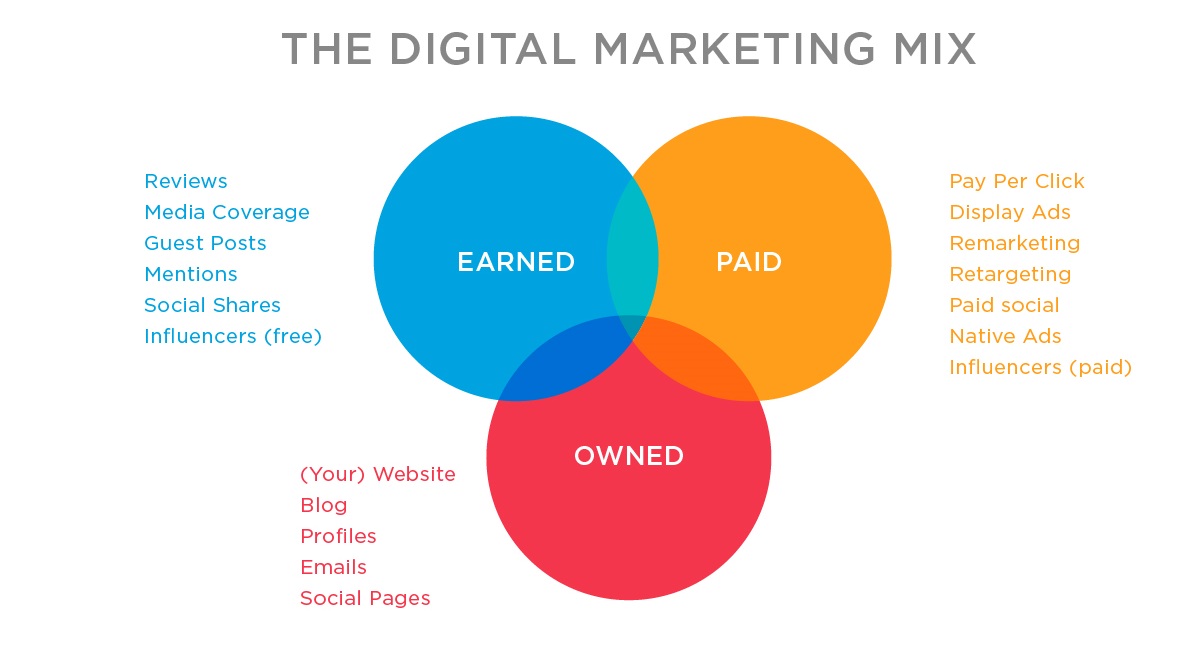

What Exactly Is an Owned Media Ecosystem?
It’s more than just having a blog and an email list. A true owned media ecosystem is an integrated network of digital properties that serve, engage, and grow your audience.
Key components include:
- Website: The cornerstone of your brand’s digital presence
- Blog or resource center: Drives SEO, thought leadership, and lead nurturing
- Email newsletter: Your most direct, algorithm-free communication channel
- Branded content hubs: Digital magazines, industry insights, or use case libraries
- Podcasts or video series: Long-form, high-value content that builds loyalty
- Mobile apps or customer portals: For deeper, sustained engagement
- Analytics dashboards: To monitor performance and capture first-party data
This ecosystem acts as your brand’s digital backbone—supporting every campaign, fueling SEO, and nurturing long-term relationships.
Building Your Owned Media Ecosystem: A Step-by-Step Approach
A successful owned media ecosystem isn’t built overnight. It takes intentional planning, strategic content, and sustained distribution.
Here’s how to get started:
1. Audit Your Current Assets
What owned channels do you already have? Review your website, blog, newsletter, gated content, and any branded experiences. Assess performance, gaps, and opportunities.
2. Invest in Evergreen, Value-Driven Content
Think long-form blog posts, how-to guides, explainer videos, and case studies. Content that solves problems, builds thought leadership, and remains relevant over time is key to sustained traffic and engagement.
3. Build for UX and SEO
Ensure your site and content hub are fast, responsive, and search-optimized. A great user experience keeps people engaged; smart SEO brings them in the door.
4. Grow and Nurture Your Audience
Make building your email list a priority. Offer valuable gated content, newsletters, or exclusive insights. Once you have subscribers, provide consistent, high-value touchpoints.
5. Connect Everything
Your owned media shouldn’t live in silos. Blogs should link to resources. Webinars should drive to whitepapers. Newsletters should surface new podcast episodes. Think ecosystem, not just assets.
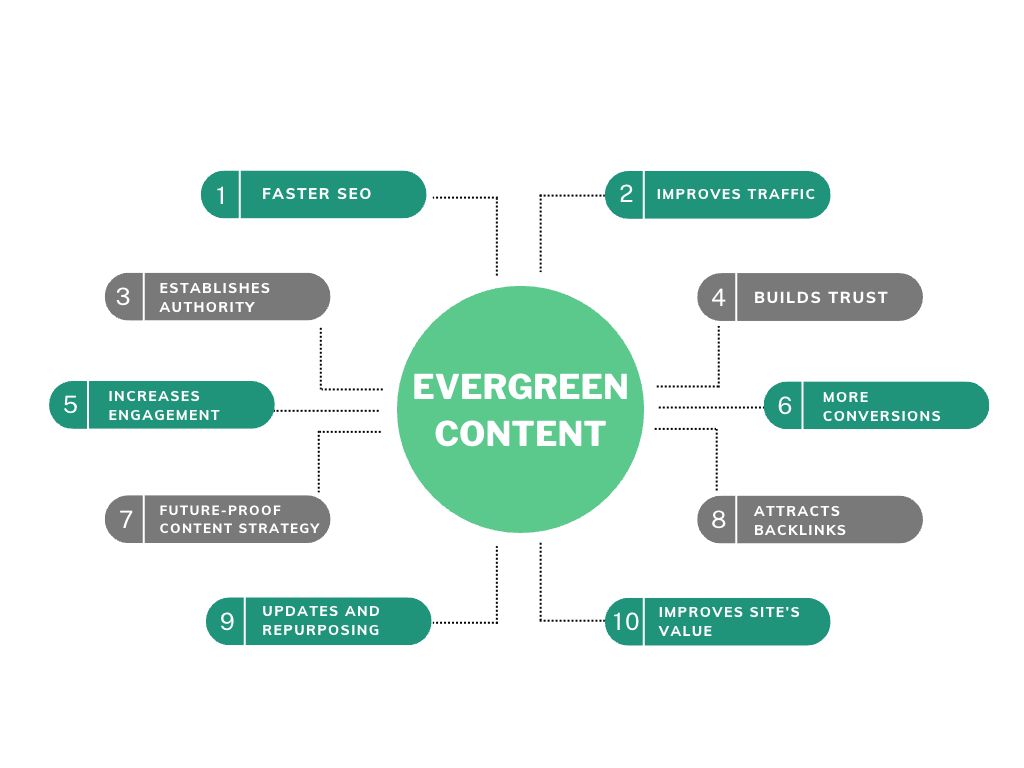

How Owned Media Supports the Bigger Picture
Owned media doesn’t replace paid or earned—it strengthens them. Here’s how:
- Improved Paid Media Performance: Driving traffic to SEO-optimized, high-conversion landing pages boosts ROI.
- Trust-Building: When leads land on your content hub instead of a cold ad, your brand feels more credible.
- Resilience to Platform Shifts: If social reach drops or cookies disappear, you still have direct access to your audience.
In short, owned media gives your marketing strategy roots.
Final Thought: Your Digital Moat Starts Here
If you’re constantly chasing attention on rented platforms, you’re playing someone else’s game. Building an owned media ecosystem puts your brand back in control. It’s how you create durable engagement, scale trust, and grow on your terms.
Want to future-proof your digital strategy?
Contact Bluetext to design and scale a content ecosystem that’s built to last.
When most marketers think of SMS, they picture retail alerts, flash sales, or appointment reminders—tactics firmly planted in the B2C world. But dismissing SMS as irrelevant for B2B is a missed opportunity. In reality, text messaging can be one of the most direct, high-impact tools in your B2B marketing arsenal—if you know when and how to use it.
In an era where inboxes are overloaded and attention spans are shrinking, SMS offers a rare advantage: it gets read. Studies show SMS open rates hover around 98%, and response rates can be as high as 45%. For comparison, email sits around 20% and 6%, respectively. That’s a significant gap—and one B2B marketers can no longer afford to ignore.
Why SMS Is Overlooked in B2B (and Why That’s Changing)
Historically, SMS has been seen as too casual or invasive for the B2B space. Enterprise buyers aren’t browsing for deals via text—they’re making complex, considered decisions. But the idea that professional communication has to be long-form or confined to email is quickly becoming outdated.
As the lines between work and personal life continue to blur, decision-makers are relying more on mobile to stay productive. That means a well-timed, relevant SMS can cut through the noise—especially when it’s part of a thoughtful, omnichannel approach.
Compliance concerns have also contributed to hesitation around SMS, but platforms have evolved. Today’s SMS tools for B2B are built to meet regulatory standards, offering opt-in workflows, tracking, and integrations with your existing CRM.
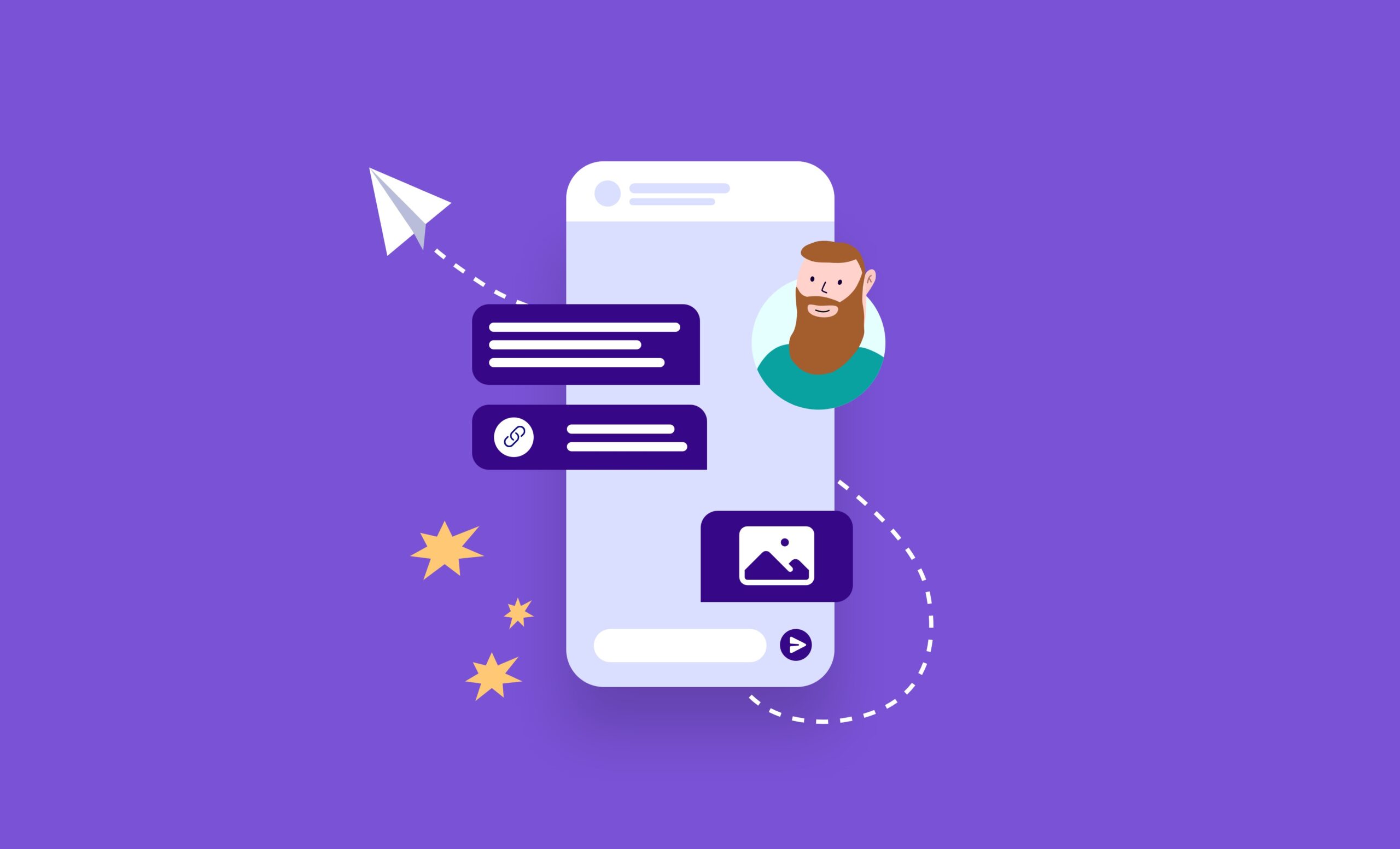

When SMS Makes Sense in B2B Campaigns
The key to effective B2B SMS marketing is knowing when to use it—and when to hold back. SMS isn’t a channel for every message. But in the right context, it can serve as the perfect nudge.
Here are some strategic use cases:
- High-intent lead follow-up: A quick text to confirm a meeting or thank a prospect for attending a demo can accelerate the sales cycle.
- Event and webinar reminders: SMS ensures higher attendance rates with last-minute nudges, especially for executive-level registrants.
- Account-based marketing (ABM) touchpoints: Personalized messages to high-value accounts help reinforce relationships and drive action.
- Urgent alerts or updates: Whether it’s a product release or contract deadline, time-sensitive information is better received via text than email.
- Post-sale engagement: For customer success teams, SMS can be a valuable tool for onboarding, check-ins, or renewal reminders.
How to Use SMS in B2B the Right Way
Just because you can text your prospects doesn’t mean you should do it without a plan. B2B SMS marketing works best when it’s strategic, respectful, and fully integrated into your broader campaigns.
Here’s how to get it right:
- Obtain explicit consent: Always use opt-in forms and make it easy to opt out. Respect for privacy builds trust.
- Keep it short and useful: SMS isn’t the place for fluff. Messages should be concise, relevant, and action-oriented.
- Personalize your outreach: Use first names, company names, or reference a specific meeting or download to show it’s not a generic blast.
- Integrate with your tech stack: Connect your SMS tool to your CRM and marketing automation platforms to sync messages, track performance, and trigger texts based on user behavior.
- Test and optimize: Run A/B tests on timing, copy, and CTA to learn what resonates—and avoid message fatigue.
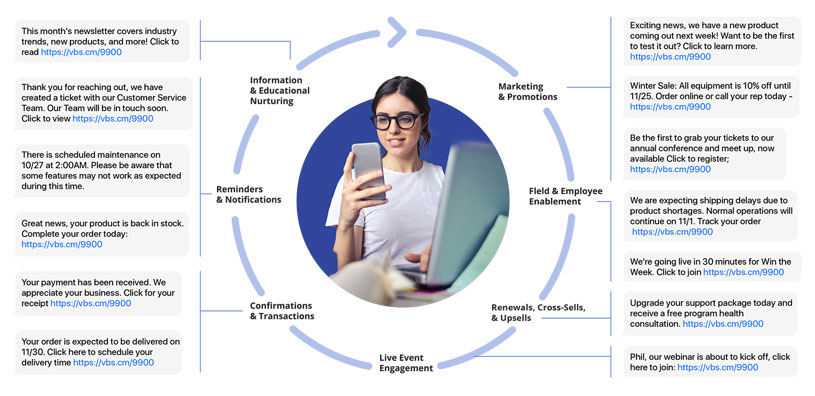

SMS as Part of an Omnichannel B2B Strategy
The real power of SMS lies in how it supports and enhances your existing marketing channels. Think of it as the connective tissue between your emails, digital ads, webinars, and sales outreach.
For example:
- Follow up a gated content download with an email, then a personalized text offering a meeting.
- Send an SMS reminder the day before a webinar, with the Zoom link included.
- After a conference, send a thank-you text from the sales rep who spoke with the lead, offering a quick call.
When done right, SMS doesn’t disrupt the buyer journey—it smooths it out.
The Takeaway
SMS is no longer just for B2C brands or retail promotions. In today’s mobile-first world, B2B buyers are just as reachable via text—and often more responsive. The key is using SMS intentionally, at high-value moments, and as part of a cohesive omnichannel strategy.
Whether you’re nurturing leads, boosting event attendance, or keeping key accounts engaged, SMS offers a direct, powerful line of communication that few other channels can match.
Ready to elevate your B2B marketing strategy with SMS?
Let’s build a smarter, more connected campaign—contact Bluetext today to get started.
Why Scalability Matters in Modern Marketing
As businesses grow, so do the demands on their marketing teams. What worked for a scrappy startup often doesn’t hold up as operations scale. Without a scalable marketing framework in place, growth can lead to inefficiency, misalignment, and missed opportunities. Scalability isn’t just about handling volume—it’s about maintaining quality and agility at every stage.
Core Elements of a Scalable Marketing Framework
A scalable framework begins with four pillars: strategy, content, automation, and analytics. These components work together to ensure your marketing can flex and evolve as your business expands.
- Strategy: Defined objectives, target audiences, and brand positioning.
- Content: Modular content that can be repurposed and localized.
- Automation: Workflows and tools that save time and eliminate redundancy.
- Analytics: Real-time insights to guide optimization and prove ROI.



Build Once, Deploy Often: Scalable Content Structures
Content should be built to last. That means creating core assets that can be reused across channels and adapted for different markets or audiences. Whether it’s a hero video, a product one-pager, or a blog series, every asset should be part of a broader system, not a one-off.
Localization and personalization are also key. With the right structure, you can adapt content at scale without starting from scratch every time.
Tech Stack Considerations for Marketing Growth
The right tools can supercharge your scalability. Look for platforms that are integratable, user-friendly, and designed to grow with your business. CRMs like HubSpot or Salesforce, marketing automation platforms like Marketo or Pardot, and content management systems like WordPress or Drupal are foundational.
Data integration across these systems ensures smoother workflows and more actionable insights.
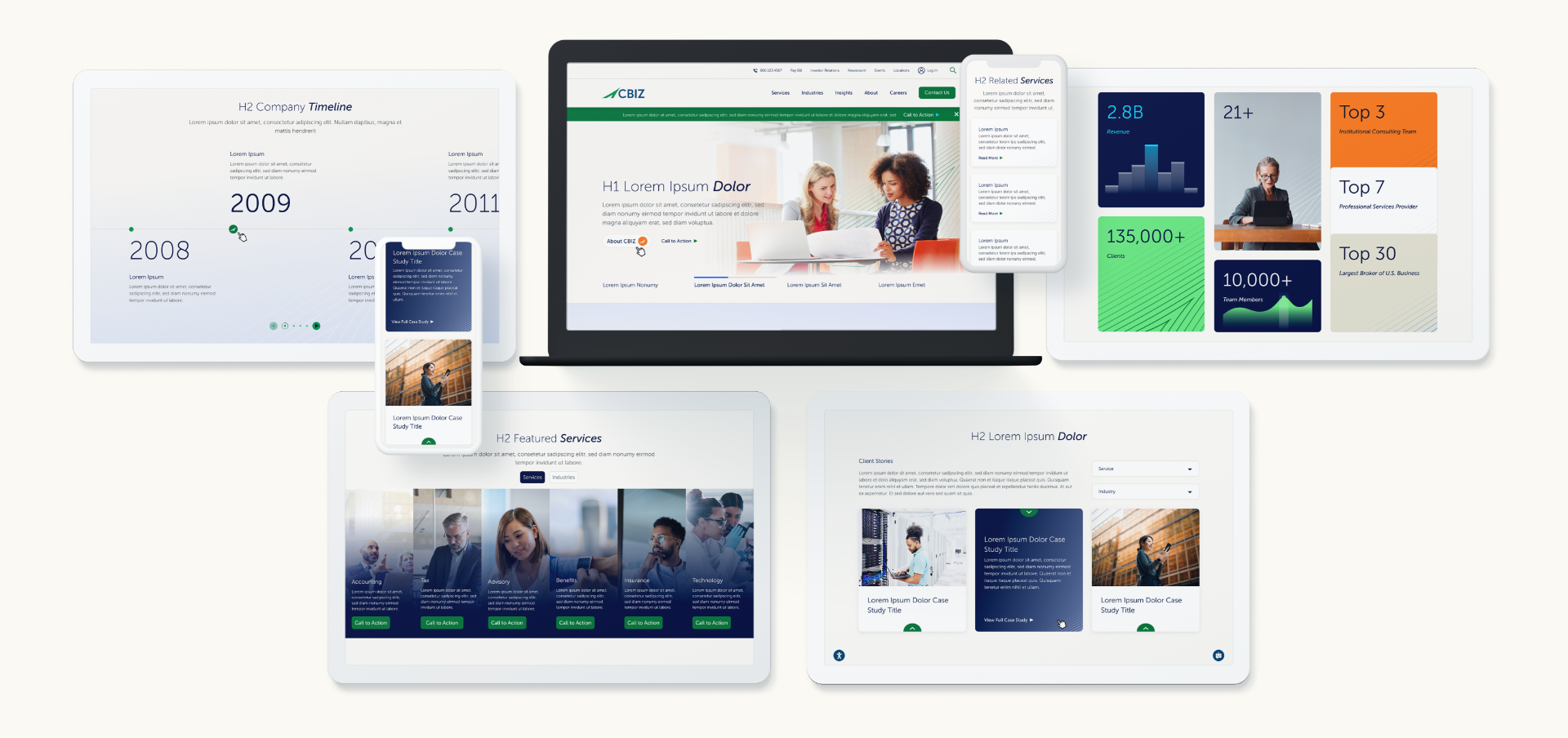

Organizational Design for Marketing Scalability
Scalability isn’t just about tools—it’s about people and processes too. As your marketing team grows, it’s critical to define clear roles, document workflows, and encourage cross-functional collaboration. Outsourcing or agency partnerships can also help fill resource gaps while maintaining velocity.
Case in Point: Bluetext’s Approach to Scalable Strategy
At Bluetext, we work with growing companies to build marketing frameworks that are as nimble as they are powerful. From startup scale-ups to global enterprises, we design marketing systems that drive efficiency, adaptability, and sustained impact.
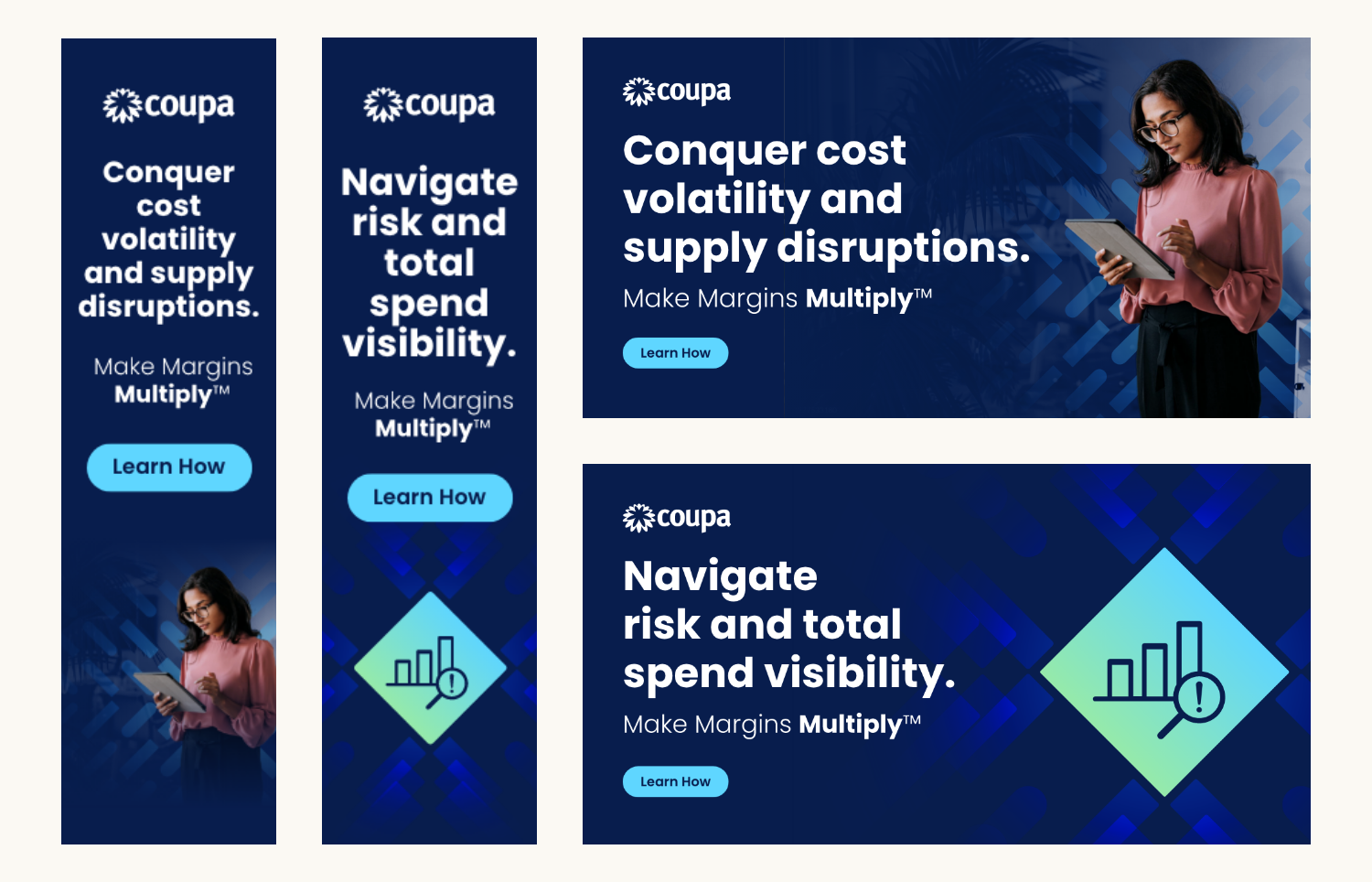

Is Your Marketing Built to Scale?
Let Bluetext help you develop a scalable marketing framework that evolves with your business. Get in touch now.
Gone are the days of one-size-fits-all marketing. Consumers expect personalized experiences that cater to their unique interests and needs. For businesses targeting niche audiences, hyper-personalized marketing strategies are essential to stand out and drive meaningful engagement. This guide explores how brands can create highly targeted campaigns that resonate with specific audience segments.
Why Personalization Matters in Today’s Market
Personalization isn’t just a trend—it’s a necessity. Research shows that personalized marketing leads to higher engagement, improved customer satisfaction, and increased sales.
Key Benefits of Personalization:
- Higher conversion rates: Personalized campaigns perform better than generic ones.
- Stronger customer relationships: Tailored experiences build loyalty.
- More efficient marketing spend: Targeting the right audience reduces wasted ad spend.
Identifying & Segmenting Niche Audiences
Effective personalization starts with proper audience segmentation. Businesses must analyze their customers and categorize them based on shared characteristics.
- Demographics: Age, gender, location, income level
- Behavioral data: Purchase history, browsing behavior, engagement patterns
- Psychographics: Interests, values, lifestyle choices
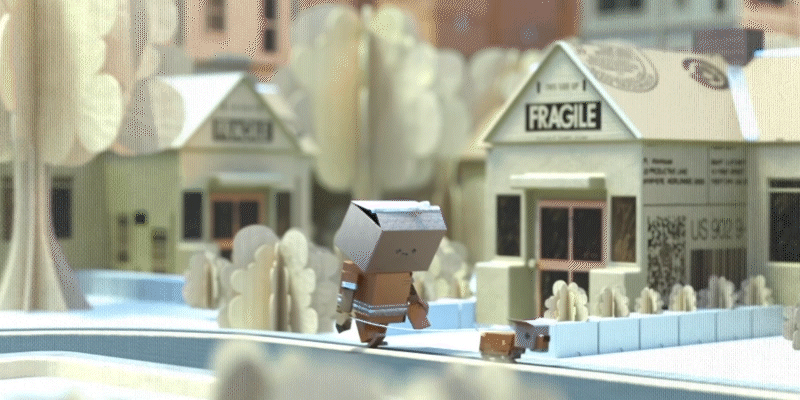

Strategies for Hyper-Targeted Campaigns
Once niche audiences are identified, businesses can tailor their messaging for maximum relevance.
1. Dynamic Content Personalization
Adjust content in real time based on user behavior. Websites, emails, and ads should display personalized recommendations and messaging.
2. AI-Driven Recommendation Engines
Leverage machine learning to suggest products, content, or services based on past interactions.
3. Account-Based Marketing (ABM) for B2B Brands
B2B marketers can use ABM strategies to deliver highly customized outreach to specific companies or decision-makers.




The Role of Data in Personalized Marketing
To execute effective personalized marketing, brands must leverage customer data while maintaining ethical standards.
- First-party data collection: Direct interactions like email sign-ups and purchase history
- Behavioral analytics: Tracking engagement to refine personalization
- Privacy compliance: Adhering to GDPR, CCPA, and other data protection regulations
Scaling Personalized Marketing Efforts
While personalization is powerful, it must be scalable. Automation tools help businesses expand their efforts efficiently.
- Marketing automation software (HubSpot, Marketo) streamlines segmentation and messaging.
- AI-powered chatbots deliver real-time personalized interactions.
- CRM integration ensures a seamless, data-driven approach to customer engagement.


Unlock the Power of Personalized Marketing
Personalized marketing is no longer optional—it’s essential for businesses looking to connect with niche audiences. By leveraging data, AI, and tailored messaging, brands can create meaningful interactions that drive long-term success.
Want to develop a hyper-targeted marketing strategy? Contact Bluetext today to take personalization to the next level.
Despite evolving digital trends, email marketing remains one of the most effective channels for engaging audiences and driving conversions. However, as inboxes grow more crowded and consumer expectations shift, brands must refine their strategies to maintain impact. Here are the top email marketing strategies that continue to deliver results in 2025.
1. Hyper-Personalization and AI-Driven Content
Consumers expect more than generic email blasts. Leveraging AI and machine learning allows brands to analyze customer data, segment audiences, and craft hyper-personalized content. Dynamic content blocks, predictive analytics, and individualized subject lines can significantly boost open and engagement rates.
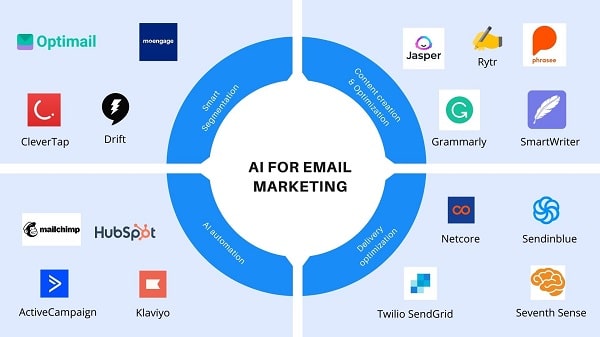

2. Interactive and Gamified Email Elements
Interactive emails featuring quizzes, polls, countdown timers, and gamification elements keep subscribers engaged. Incorporating interactive content enhances user experience and encourages recipients to take desired actions without leaving their inboxes.
3. Mobile-First Optimization
With most emails being opened on mobile devices, ensuring a seamless experience is non-negotiable. Brands should use responsive design, concise copy, and easy-to-click CTA buttons to improve engagement and conversions across all screen sizes.


4. Privacy-First and First-Party Data Utilization
With increasing restrictions on third-party data, brands must prioritize collecting and leveraging first-party data. Encouraging subscribers to share preferences and using consent-based tracking ensures compliance with evolving privacy regulations while maintaining personalization.
5. AI-Optimized Send Times and Frequency
Timing is everything in email marketing. AI-driven tools analyze recipient behavior to determine optimal send times and frequency, ensuring emails land when users are most likely to engage. Avoiding over-messaging while maintaining consistency is key to long-term subscriber retention.
6. Text-Only and Minimalist Email Trends
While visually rich emails remain popular, text-only and minimalist email formats have gained traction for their authenticity and improved deliverability. These formats often bypass spam filters and appeal to audiences seeking a more straightforward, personal approach.
7. Stronger Email Segmentation for Enhanced Relevance
Effective segmentation remains a cornerstone of successful email campaigns. Brands should refine segmentation based on behavioral triggers, lifecycle stages, purchase history, and engagement levels to ensure recipients receive the most relevant content.
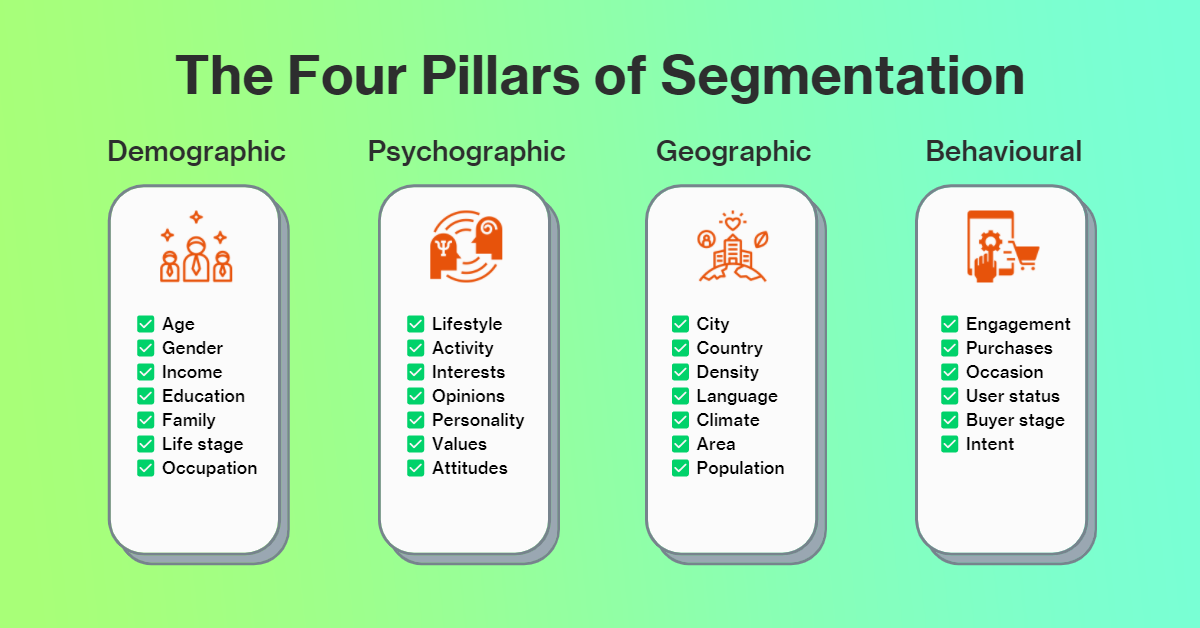

8. Focus on Retention and Loyalty Programs
Email remains a powerful tool for customer retention. Implementing loyalty-driven email campaigns—such as VIP offers, milestone rewards, and re-engagement emails—helps nurture long-term relationships and maximize customer lifetime value.
Elevate Your Email Marketing Strategy
In 2025, successful email marketing is all about relevance, personalization, and compliance. By leveraging AI, interactive content, mobile optimization, and strong segmentation, brands can continue to cut through the noise and drive meaningful engagement with their audiences. Need help optimizing your email campaigns? Partner with Bluetext to craft high-performing, data-driven email strategies that deliver real results.